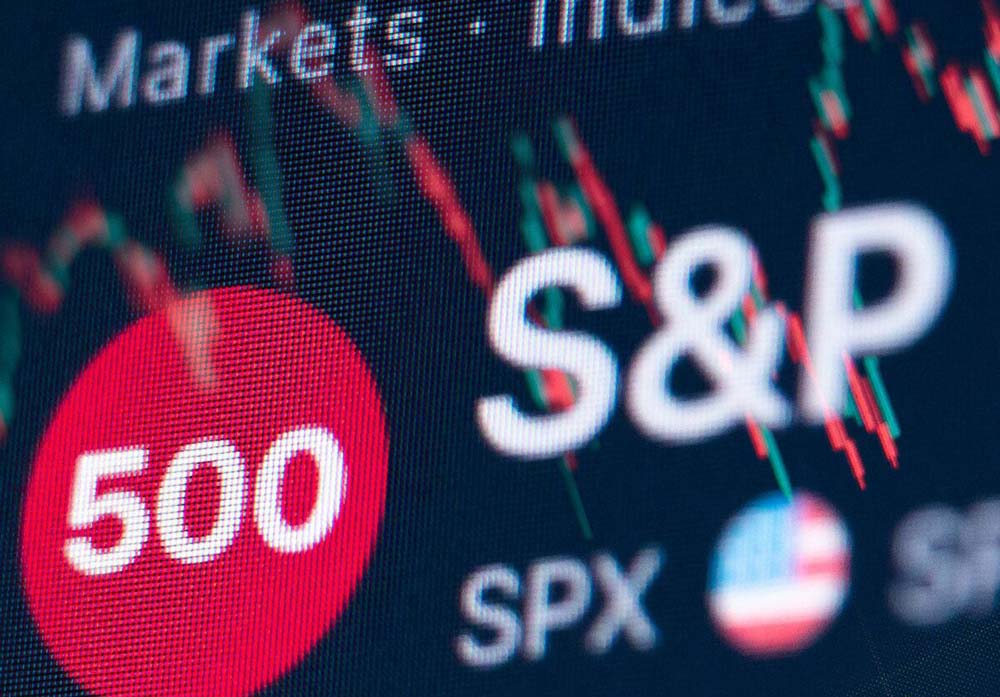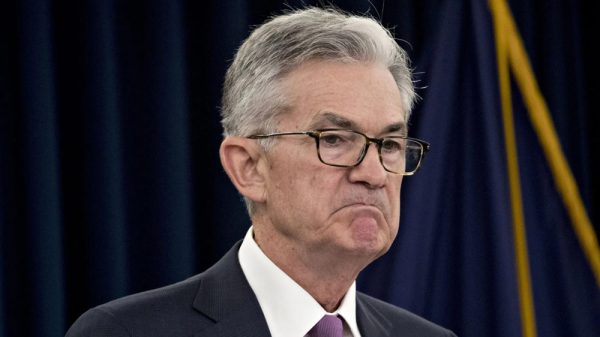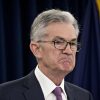Amid growing trade tensions and the implementation of sweeping global tariffs by President Donald Trump, U.S. markets are bracing for heightened volatility. On Friday, the S&P 500 experienced a steep 6% drop, its worst day since March 2020, and futures tied to the index signaled further declines over the weekend. As markets prepare for another turbulent session, circuit breakers — mechanisms designed to prevent panic-driven crashes — could play a crucial role.
What Are Circuit Breakers?
Circuit breakers are trading halts triggered by sharp declines in the market. These measures were introduced after the 1987 stock market crash to provide investors with a pause to reassess market conditions and prevent a freefall. They apply to trading in the S&P 500 and other major indexes, halting or suspending activity when certain thresholds are breached.
How Circuit Breakers Work
There are three levels of circuit breakers, based on the percentage decline in the S&P 500 during regular trading hours (9:30 a.m. to 4 p.m. ET):
- Level 1: A 7% decline triggers a 15-minute halt in trading if it occurs before 3:25 p.m. ET. After this time, trading continues unless a Level 3 breaker is reached.
- Level 2: A 13% decline also results in a 15-minute halt if it happens before 3:25 p.m. ET.
- Level 3: A 20% decline leads to a complete suspension of trading for the remainder of the day.
Current Thresholds for April 7, 2025
Based on the S&P 500’s closing level of 5,074.08 on Friday, the thresholds for Monday’s session are:
- Level 1: 4,718.89
- Level 2: 4,414.45
- Level 3: 4,059.26
Overnight Futures and “Limit Down”
Outside regular trading hours (6 p.m. ET to 9:30 a.m. ET), futures markets have their own version of circuit breakers. If S&P 500 futures drop 7%, trading is paused until buyers step in at the “limit down” level. On Sunday night, Russell 2000 futures briefly hit the 7% limit down threshold before recovering slightly, indicating significant selling pressure.
The Impact of Tariffs
The sharp market selloff is being fueled by concerns over escalating trade tensions. The surprise announcement of universal tariffs has rattled equities, adding to fears of a global economic slowdown. On Friday, the Dow Jones Industrial Average plunged 6.9%, and the Nasdaq Composite fell 5.8%, marking its entry into bear market territory — down more than 20% from its December high.
The S&P 500 is now down 17% from its February record, with investors anxiously monitoring developments in the trade war and the potential for further declines.
What’s Next for Investors?
As the market heads into Monday, volatility is expected to remain high. Investors should be prepared for potential trading halts, especially if the S&P 500 breaches the first or second circuit breaker levels. While these mechanisms help stabilize markets in the short term, the broader economic impact of tariffs and trade uncertainty remains a significant concern.











